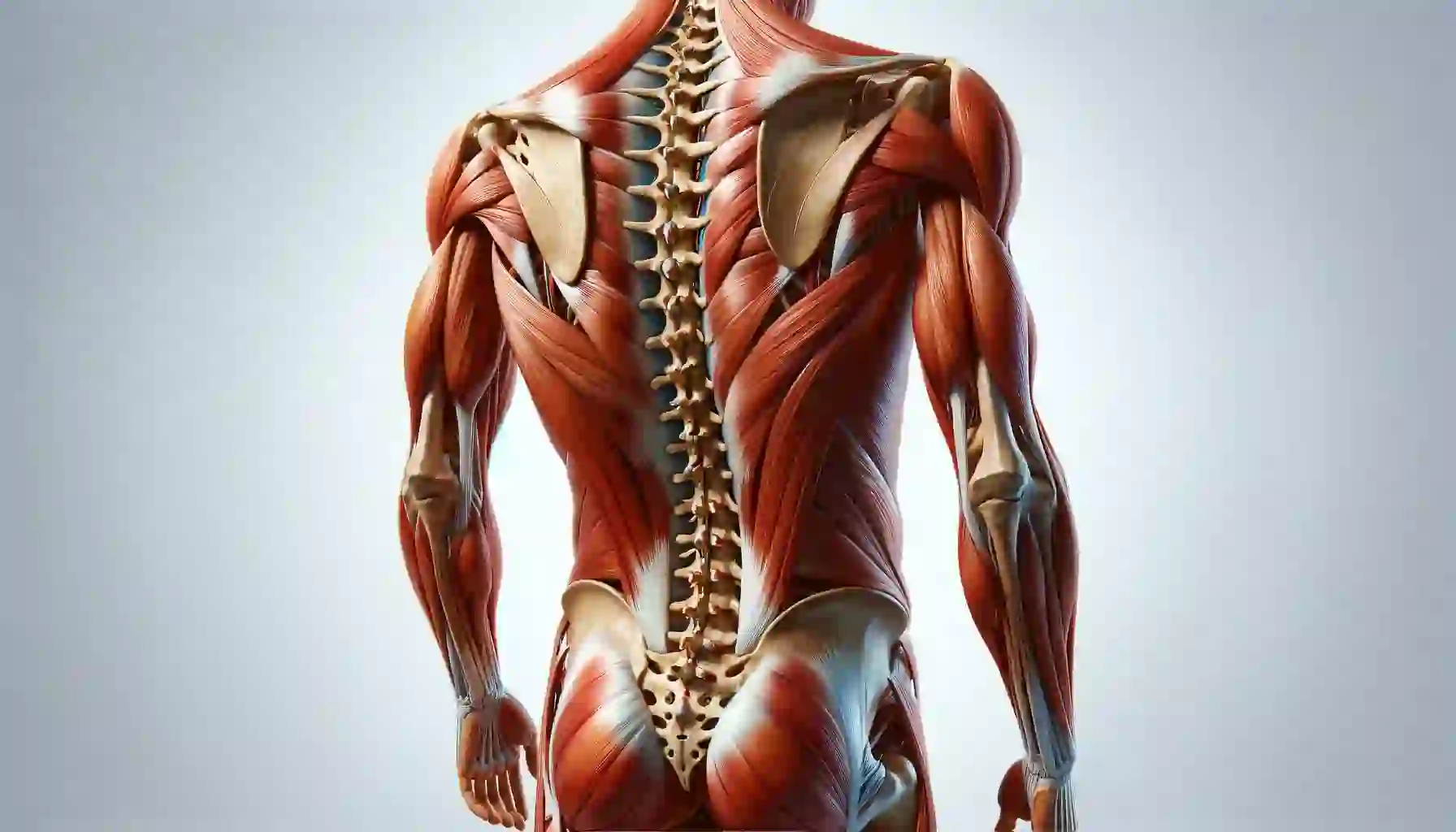disc bulges could cause back discomfort for millions of people all over the world. Conditions like central disc protrusion that is superimposed, disc bulge that is abutting the nerve root, disc bulge and paracentral protrusion may be a contributing factor to severe pain and mobility issues. Knowing the causes of these conditions is crucial for managing pain and improving your living quality. Dr. Ken Nakamura offers insight and suggestions on how to treat these conditions.
What is the Disc Bulge (or Bulge Disc)? Bulge)?
A disc bulge is when the intervertebral disk, that serves as a cushion between the vertebrae, extends beyond its normal boundary. This can happen due to wear and tear, injuries, or degeneration over time. The severity of disc bulges can vary from small protrusions that have few or no symptoms to more severe bulges which may cause discomfort and pain.

Superimposed Central Protrusion of the Disc
Superimposed central disc protrusions are a form of disc bulge that is found centrally within the spinal canal. According to Dr. Ken Nakamura this protrusion could result in compression of the spinal cord and nerve roots, which can cause signs like numbness or pain. The protrusion lies in the center of the spine, so it’s possible to be affecting both sides of your body.
Disc Bulge Abutting Nerve Root Treatment
If a bulging disc is close to the root of a spinal nerve it can lead to significant discomfort and may even cause neurological signs. This can include sciatica, a pain that radiates throughout the leg. If not treated the pressure that is placed on the root of the nerve may cause swelling, pain and eventually loss of function.
Dr. Nakamura explains that disc bulge abutting nerve root treatment a nerve root typically involves a combination of conservative and, in some cases, interventional approaches. The conventional treatment could comprise exercises, anti-inflammatory medicines and lifestyle modifications to lessen the tension on the nerve. In the case of severe cases surgery or epidural steroids injections could be necessary to ease the pressure and offer relief.
Eccentric disc bulge
A disc bulge that is eccentric refers to an abnormal bulge off-center and is usually located on the opposite side of the spinal canal. The type of bulge could result in unilateral symptoms. Other symptoms and pain typically occur on one side of the spinal column. Discoid bulges that are eccentric can be particularly problematic because they may compress specific nerve roots that can result in localized pain, tingling or weakening.
Dr. Nakamura stresses that physical therapy is often used to improve flexibility and strengthen the muscles surrounding the spine. This could help reduce pressure on the disc and ease symptoms. In some cases non-surgical procedures, such as spinal decompression therapy can be recommended to decrease the bulge as well as relieve pressure on the nerve.
Paracentral Protrusion
Paracentral protrusions are a kind of disc bulge that occurs within the spinal canal close to the center, but on the sides. Similar to other disc bulges this may cause nerve root compression, resulting in a variety of symptoms, including pain, weakening or numbness.
Dr. Nakamura suggests that paracentral protrusion can be treated with the combination of conservative or non-surgical therapies. This may include physical therapy and pain management strategies and lifestyle adjustments. For severe cases of paracentral protrusions, surgery is often required to remove the disc material protruding and then decompress the nerve.
Manage Disc Bulge Pain
The treatment for disc bulge pain is dependent on the degree and specific symptoms of the problem. The use of conservative treatments is effective for moderate to mild cases in reducing pain and enhancing functionality. They can include:
Physical Therapy: Exercises that increase flexibility and strength of those muscles that support the spine.
Pain Management: Make use of medications like anti-inflammatory medicines to ease the discomfort, reduce inflammation and relax muscles.
Lifestyle Modifications – Adjustments to everyday activities that do not aggravate the condition. Examples include a proper posture as well as ergonomic adjustments. Also, avoid heavy lifting, etc.
Interventional Therapies – In situations when conservative treatments are not adequate, other options might be considered such as epidural steroids injections, or minimally invasive surgical procedures.
Conclusion
A successful treatment for pain requires you recognize the subtleties of ailments like the protrusion of the central disc that is superimposed on it bulge disc which is in contact with the nerve root, an eccentric bulge disc and paracentral bulge. Dr. Ken Nakamura emphasizes the importance of recognizing symptoms and seeking appropriate treatment to decrease pain, improve mobility, and increase the quality of life. It is important to manage disc bulges either with traditional methods or, in certain instances, surgery in order to live a lifetime free of pain.

